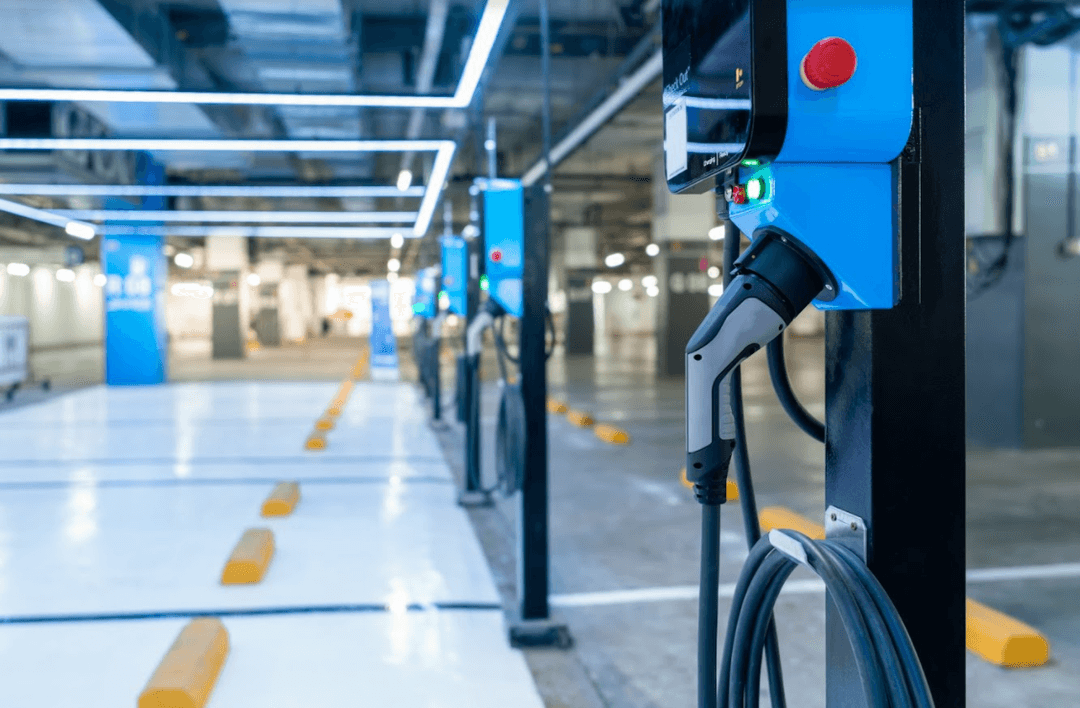Towards EV mass adaptation
Electric vehicles, much like any other industry, have come a long way. With the first-ever electricity-powered automobiles constructed back in 1830, all the way to Tesla becoming a global giant, the EV market has noted a revolutionary headway.
Despite the major milestone, the e-mobility industry still faces challenges that may not be overcome for yet another solid bit of time. Insofar as the transportation industry can be easily dubbed as one of the most advanced, the e-mobility sector itself still has a lot of work to put in, mostly in terms of infrastructure.
As much as developing long-range EVs with rechargeable batteries is quite a task to get a grip on, the charging network is what holds back the mass adoption worldwide. Although seemingly perceivable as a straightforward action of intensifying large-scale installations of EV charging points across the nations, the issue is a lot more multi-dimensional. Namely, a few solid charging-oriented companies that are ready to manufacture and install charging stations are not enough.
Behind the mass adoption, there are many interconnected elements, such as: governmental support through the implementation of various pro-electric policies and incentives i.e. in the form of tax reductions, progressive software development allowing for more user-friendly operation of charging stations, infrastructural changes backed up by local authorities, or simply extending people’s knowledge and awareness about environmental degradation the combustion engines cause and many more.
It goes without saying that developing a global network that would allow EV users to seamlessly travel from one place to another takes a large amount of workload and time. Even though there is still plenty of work ahead, some major milestones and discoveries are already taking place.
In this article, we want to give you some insights into the EV network’s development and its current state around the world.
Types of EV charging stations
Let’s go through the main types of charging stations first.
Rapid charging stations
Being the fastest way to charge an EV, the rapid charging stations are usually located along motorways and close to main roads. They come in handy en route, especially during lengthy rides. Depending on the car’s brand, the capacity of such charges can reach even an 80% charge within 20-30 minutes while at 50+kW.
Fast charging stations, possibly the most common ones, are usually installed in business districts, offices, major car parks, and urban areas where it’s usual to leave the car for approximately an hour. Their charging capacity oscillates at 1- 2 hours when at 22kW (most popular one).
Slow charging stations
Slow charging stations - known for being the most commonly used as home-chargers, rated up to 3kW. They are typically used for overnight charging, but are occasionally found in offices where employees can charge their vehicles while at work. They take between 6-10 hours to fully charge the car.
Importantly, we can differentiate more subtypes, especially among the rapid chargers. With charging being one of the main focuses of the entire industry, brands keep on developing highly efficient and very fast stations. That includes the UltraRapid DC, which provides power at 100kW, or Tesla’s Supercharger, which can charge up to 150kW.
It is most likely that the e-mobility future will be dominated by slow and fast charging stations due to their convenience and low-cost electricity. Although it doesn’t change the fact that rapid chargers are the ones that will eventually alleviate the range anxiety and might be the most prominent way of charging for branches such as taxis or buses.
EV charging infrastructure
Electric vehicle infrastructure doesn’t fail to grow and evolve. Yet, it’s somehow fallen into a vicious cycle of “there will be more charging stations when people buy more electric vehicles” vs “people will buy more electric vehicles when there are more available charging stations”.
Nevertheless, despite these nuances, the infrastructure has been doing well in recent years. According to the most recent numerical data, as of 2023, there were almost 31 million chargers worldwide (27 million private, light-duty vehicle slow chargers in homes, multi-dwelling buildings, and workplaces).
In terms of public charging points, which hold a 12.6% share in the overall number, their number increased by 40% year on year. This figure exceeded even the electric light-duty vehicle stock growth. Such impressive expansion naturally has a lot to do with various policies advocating for EV adoption.
Although the figures look very promising, the distribution of ownership across the globe may be considered a drawback. Nearly 61% of all privately owned charging stations are located in two countries only. These are some major countries with large numbers of citizens, but still, it shows well how EV charging networks are falling behind in some areas of the globe.
The leadership of the pack stays with China, which holds top performance in almost all EV-related rankings. In terms of private charging points, the figures are as follows:
China - 37%
USA - 24%
Norway - 5%
Germany - 5%
France - 5%
Publicly accessible charging stations are spread very similarly. With a slight distinction for the Netherlands, which has an 8% share of public chargers. Public charging points accounted for 12% of global light-duty vehicle chargers.
China - 54%
USA - 11%
Netherlands - 8%
France - 5%
UK - 4%
In terms of fast charging stations, China left no room for competitors, with a whopping 81% share.
This data clearly shows that a vast majority of charging networks is located within some specific areas, leaving the rest far behind. The superiority of China is dictated by various reasons. For instance, the popularity of fast charging stations in China is powered by the high demand due to its very dense urban areas, as well as the impressive figures behind how many public service means of transport (i.e., buses) are electric there.
In other countries (mostly in the EU top EV performers: Netherlands, Germany, UK, Sweden), the increased demand for electric vehicles has been fueled by heavy governmental incentivization. In the USA, Tesla played a huge role in shaping the drive for green cars.
Challenges and opportunities for EV charging network development
While touching upon potential challenges and opportunities for the industry, you must differentiate between the areas where e-mobility is doing well and those where it’s practically non-existent.
Well-developed e-mobility environments
In the first instance, naturally, a lot more opportunities emerge. With EV charging networks already greatly developed (China urban areas, Norway, California), electric vehicles on the streets are no longer a surprise. Namely, people are willing to purchase such means of transport, simply knowing that it will bring no difficulties in terms of usage and daily commute.
This also drives the demand for ever-evolving development and implementation of new, more technologically advanced findings. Such an environment poses great opportunities for local entrepreneurs and companies. According to an old, well-known rule - where there's demand, there’s supply - business owners are not afraid to invest in the e-mobility market, knowing they will find partners and clients. This creates a self-fueled setting for a healthy competition, followed by constant development in the EV charging infrastructure.
Certain areas, where e-Mobility plays a major role within the transportation industry, are doing so well due to significant incentivization by governments. Additionally, local authorities, seeing that their actions have a valid reflection on reality, are more likely to implement yet other facilities for the EV industry, such as financial subsidies for companies that aim to broaden the EV charging network.
When e-mobility is still a novelty
The situation looks drastically different in areas where the EV charging network is limited to none. The focus there needs to be entirely on encouraging to start of building any EV infrastructure in the first place.
Again, here is where local authorities should come in with as many incentives and programs as possible to trigger interest in e-mobility investment. Without it being widely advocated and advertised, the likelihood of entrepreneurs reaching out to fund such investments is relatively low.
As we all know, the first steps are the hardest; that way, it certainly will take some time until favorable conditions arise. With that being said, the biggest challenge would be to engage local authorities, public transport managers, and local companies to start implementing e-mobility solutions.
EV charging network is a multi-dimensional and complex topic. Its distribution across the globe remains uneven and dependent on numerous factors. In some parts of the world, electric vehicles have come a long way enough to freely say that the most prominent milestones have already been reached, and it’s only now a matter of development. Other countries are in their infancy and still have lots of work to do. Nevertheless, the future generally looks bright for EVs, and the entire industry is excited about what’s yet to come.

